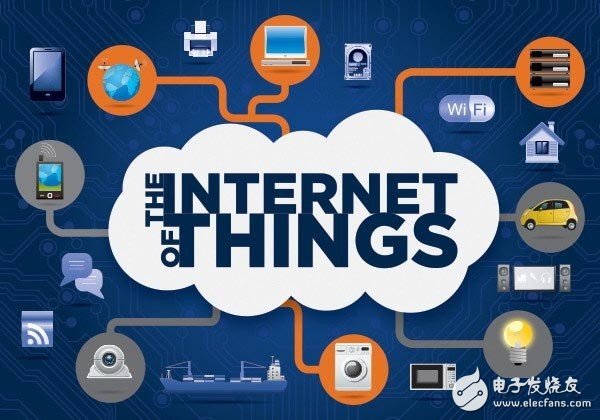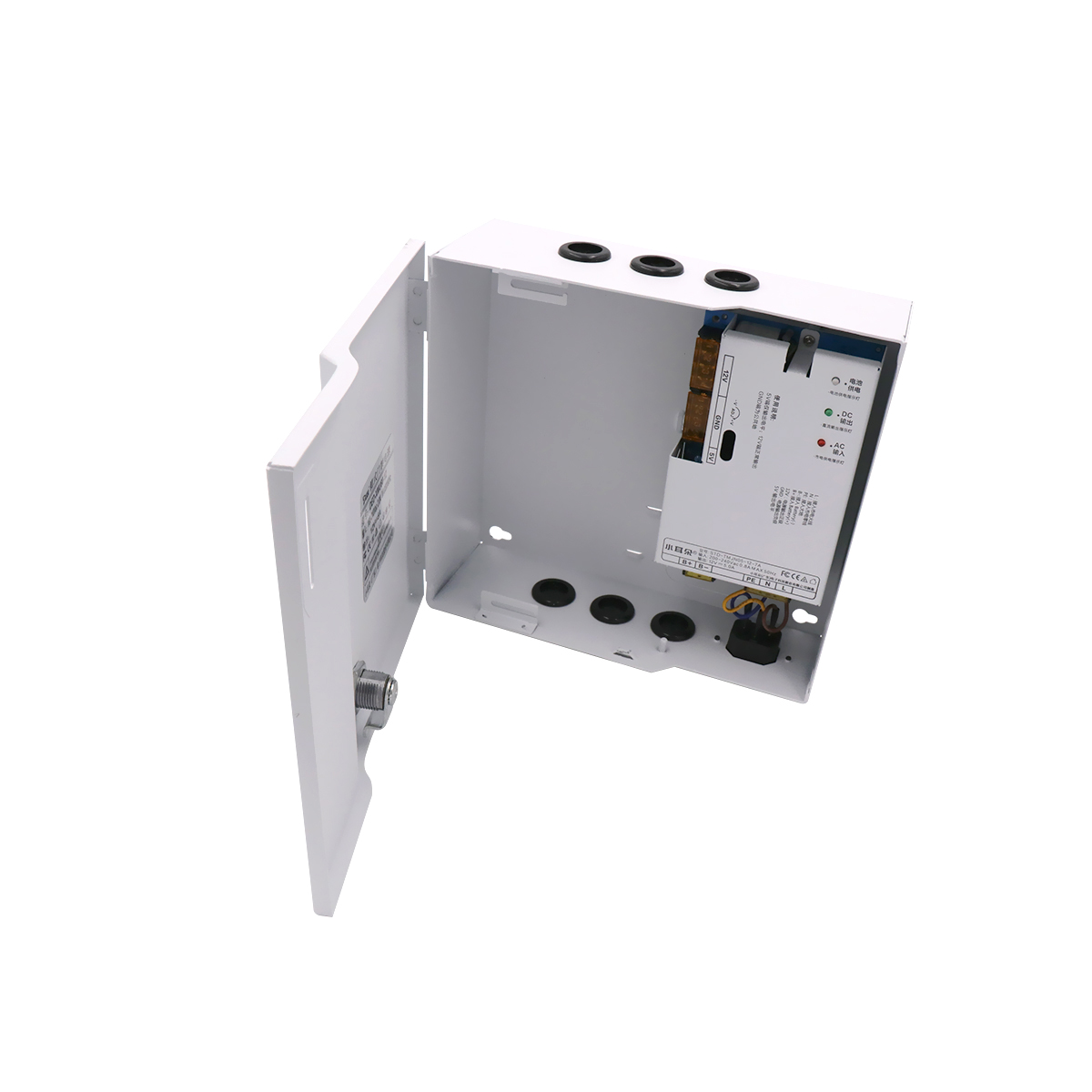The rapid growth of the Internet of Things is driving a new, vast ecosystem of intelligent, cellular-connected machines and everything, and the resulting connectivity needs. Qualcomm and China Mobile "marriage" The two sides will expand cooperation in the field of Internet of Things Recently, Qualcomm and China Mobile Internet of Things Co., Ltd. announced during the 2016 China Mobile Global Partner Conference that the two parties will further expand cooperation in the field of Internet of Things and sign a Memorandum of Understanding (MOU). The two sides will further explore the feasibility of developing various forms of cooperation and content with the expertise of products, technologies and marketing in the field of Internet of Things to promote the development and popularization of the Internet of Things. Based on this memorandum of understanding, in terms of terminal modules, the two parties will discuss the technical support provided by Qualcomm for China Mobile Internet of Things Co., Ltd. based on Qualcomm MDM9x07 and MDM9206 for LTE IoT chip platforms, and jointly develop IoT modules for different industries. product. The two companies also plan to cooperate in products such as smart hardware, home gateways, micro base stations, vehicle networking, application platforms and industry solutions, and jointly expand market activities in the field of narrowband Internet of Things (NB-IOT, eMTC) with China Mobile. The big connection strategy will jointly promote the popularity and development of the Internet of Things. In addition, the two sides also plan to carry out technical exchanges in frontier areas including V2X, cloud computing and 5G, and expand cooperation to a wider range of industries. Qiao Hui, general manager of China Mobile Internet of Things Co., Ltd. said: "China Mobile is actively deploying and launching the 'big connection strategy', which is based on the connection to make large connection scales, do excellent connection services, and strengthen connection applications. We are very We are pleased to have the opportunity to work with Qualcomm to further strengthen the cooperation and exchanges between the two parties in the field of Internet of Things, and promote the comprehensive start of the Chinese Internet of Things industry and the coordinated development of the industry chain." LTE is an ideal choice for communication technologies currently used in the Internet of Things. As a new narrowband IoT technology identified in 3GPP Release 13, eMTC and NB-IoT can coexist when operators deploy LTE. Both can largely reuse the existing FDD-LTE and TDD-LTE network infrastructure. Therefore, with a small investment in equipment, the network can achieve dual-mode support for Cat-NB1 and Cat-M1, thus supporting the evolution and development of the Internet of Things more efficiently and quickly. From the operator's point of view, both technologies are currently in the testing and verification phase, so full-mode full-range chips and modules will greatly help the launch of the IoT market. Wang Rui'an, Vice President of Business Development of Qualcomm China, said: "We are very pleased to sign this Memorandum of Understanding with China Mobile Internet of Things Co., Ltd., which will open up new cooperation for the two parties in the field of IoT terminal modules, narrowband Internet of Things and other fields. Opportunity. Qualcomm will take advantage of the deep technical accumulation and technological leadership in the field of wireless communications to meet the needs of the development of China's Internet of Things through our extensive LTE Internet of Things solutions." The MDM9206 is an LTE modem introduced by Qualcomm in October 2015 to provide reliable, optimized cellular connectivity for an increasing number of terminals and systems within the Internet of Things. The MDM9206 supports LTE Category M1 (eMTC), while eMTC supports voice and mobility for easier deployment of IoT applications. In addition, the MDM9206 can be upgraded to support Cat M1/NB-1 dual-mode via software updates for cellular connectivity support for lower data rate IoT applications. Qualcomm has been working with new partners, including Chinese manufacturers and operators, to help meet the growing needs of the industry in the IoT space. Not long ago, at the 2016 World Internet of Things Expo in Wuxi, China Mobile announced that it has jointly launched the first domestic laboratory test of eMTC end-to-end commercial products based on 3GPP standards with Ericsson and Qualcomm. The Qualcomm MDM9206 LTE modem platform was used in the test to verify the end-to-end key functions of eMTC. Qualcomm is helping LTE technology evolve, bringing a unified and scalable IoT platform. In addition to broad coverage, cellular networks offer many benefits for IoT applications, including ubiquitous coverage, scalability for a variety of IoT use cases, hostability and predictable quality of service, high reliability, and stability. End-to-end security, seamless interoperability supported by global standards, and coexistence with deployed and planned LTE infrastructure.
Boxed Power Supply UPS
CCTV Power Supply with battery backup, 4 Channel /9 channel /18 channel 12VDC independent fuse power distribution Unit for CCTV camera and Access control Systems .
With battery backup 12V/7Ah, 12V/17Ah for emergency function.
Features:
Application:
1. Stepping motor
2. PLC control System
3. Surveilance cameras
4. LED advertisement
5. Lamps and lanterns
6. CP communication
7. Communication equipment
8. Industrial control
9. Home Application
10. The traffic and Building
Product Images:
Boxed Power Supply,24V Boxed Power Supply,CCTV Boxed Power Supply, Boxed Power Supply UPS Guangdong Steady Technology Co.LTD , https://www.steadysmps.com
In addition, the MDM9206 is also compatible with 2G networks to support EGPRS. This means that in the absence of NB-IoT and eMTC signal coverage, it can automatically switch to the GSM network, fully ensuring connection stability and application reliability. The MDM9x07 chipset has more than 100 designs from more than 60 OEMs and module OEMs. The MDM9x07 chipset includes the Qualcomm Opteron X5LTE (9x07) modem and the MDM9207-1 modem for the Internet of Things (IoT). The flexible chip family offers secure and optimized cellular connectivity and edge processing for a wide range of terminals and systems for the Internet of Things. These modems address the challenges customers face in connectivity and power in a wide range of use cases, including smart cities, business applications and industrial designs. These use cases include smart energy and metering, building security, infrastructure, industrial control and automation, retail point of sale, asset tracking, medical, lighting and parts market telematics.
